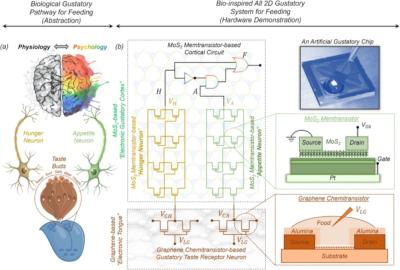Researchers develop method for producing superior anodes for lithium-ion batteries
Researchers at China's Guilin University of Electronic Technology, China Nonferrous Metals (Guilin) Geology and Mining Co., Ltd., Dalian University of Technology and Reliability Physics and Application Technology of Electronic Component Key Laboratory have developed a method to enhance the energy storage performance of lithium-ion batteries, involving the modification of natural graphite through irradiation with a high-current pulsed electron beam (HCPEB).
The method relies on HCPEB to prepare self-supporting graphene without pollution irradiation. The team reported that graphite was instantaneously transformed into defective graphene structures and that the resulting graphene electrodes exhibited excellent lithium storage and cycling properties.






